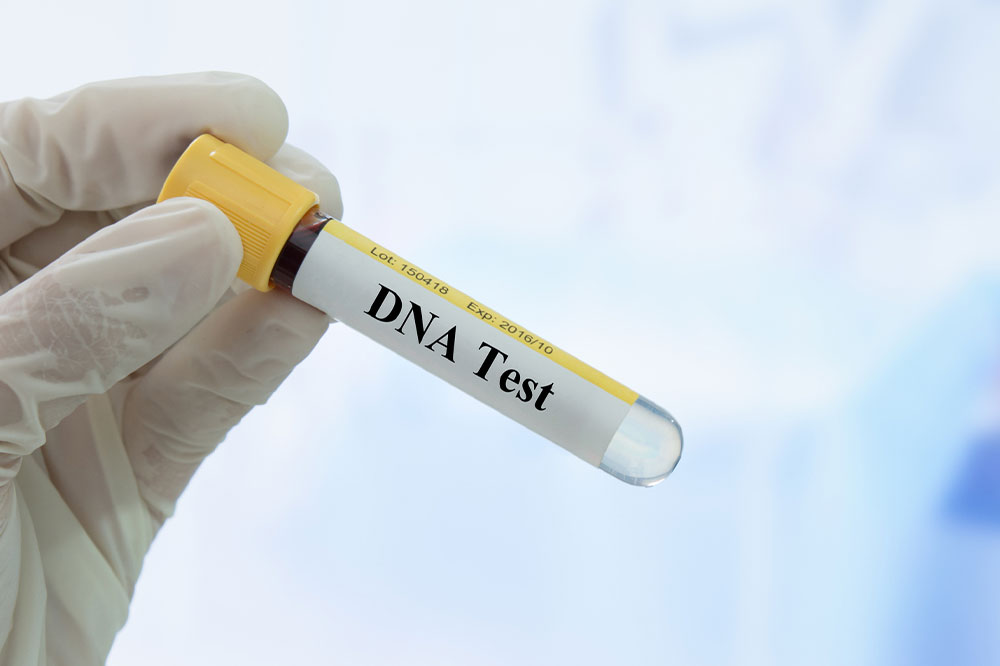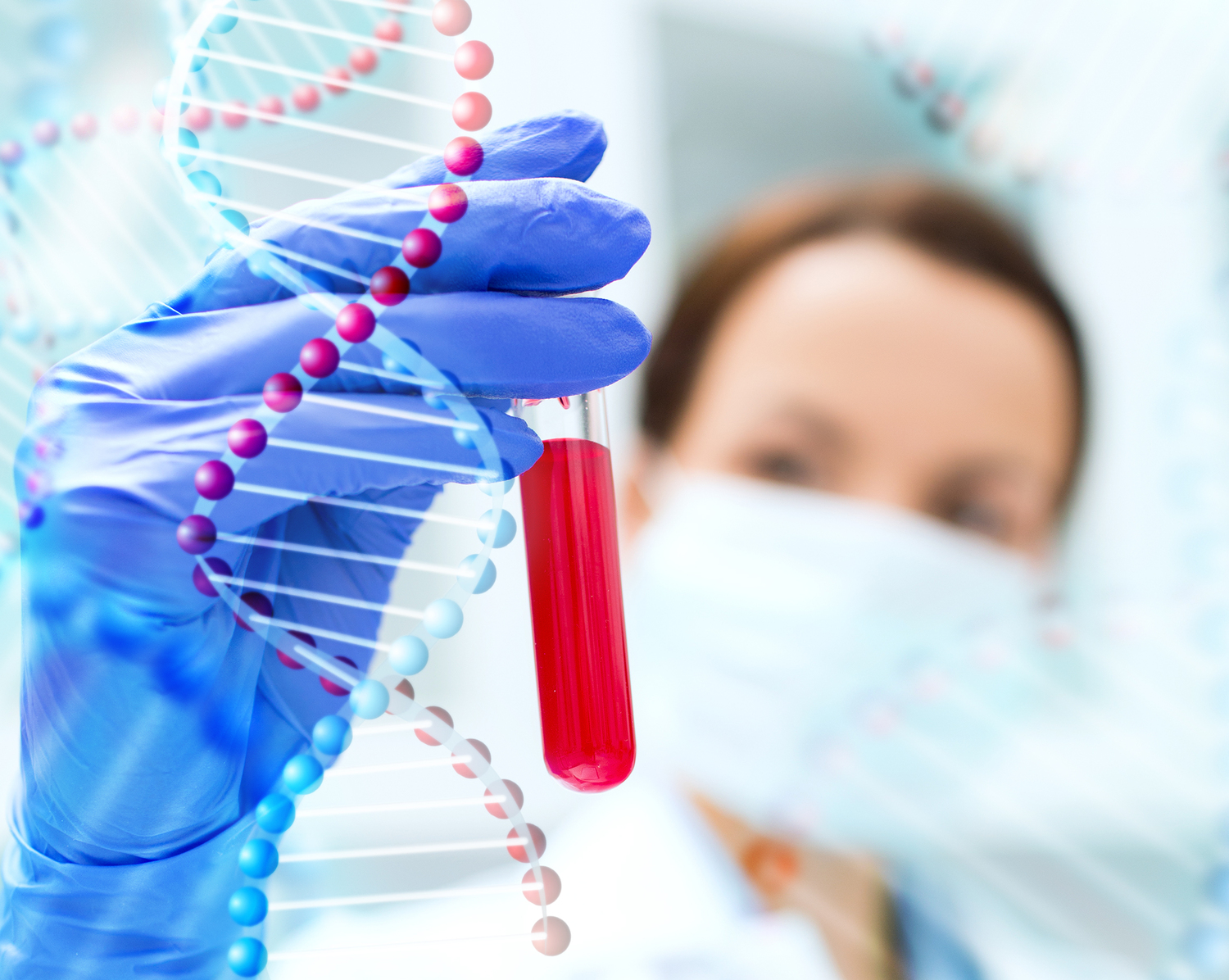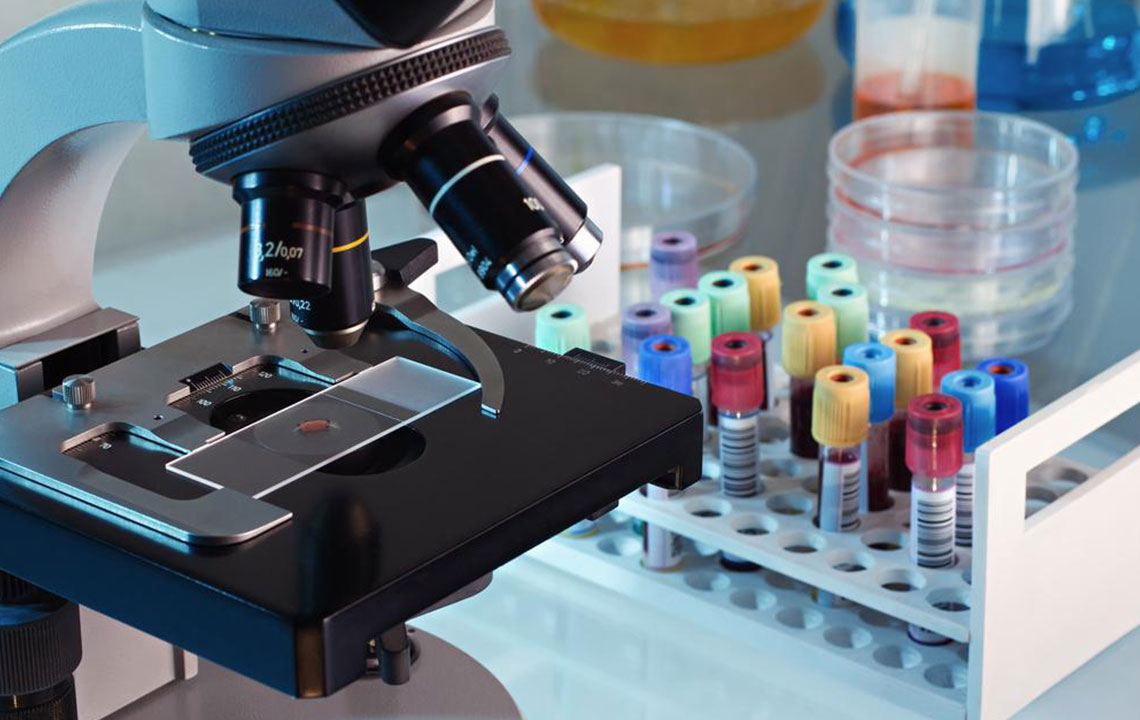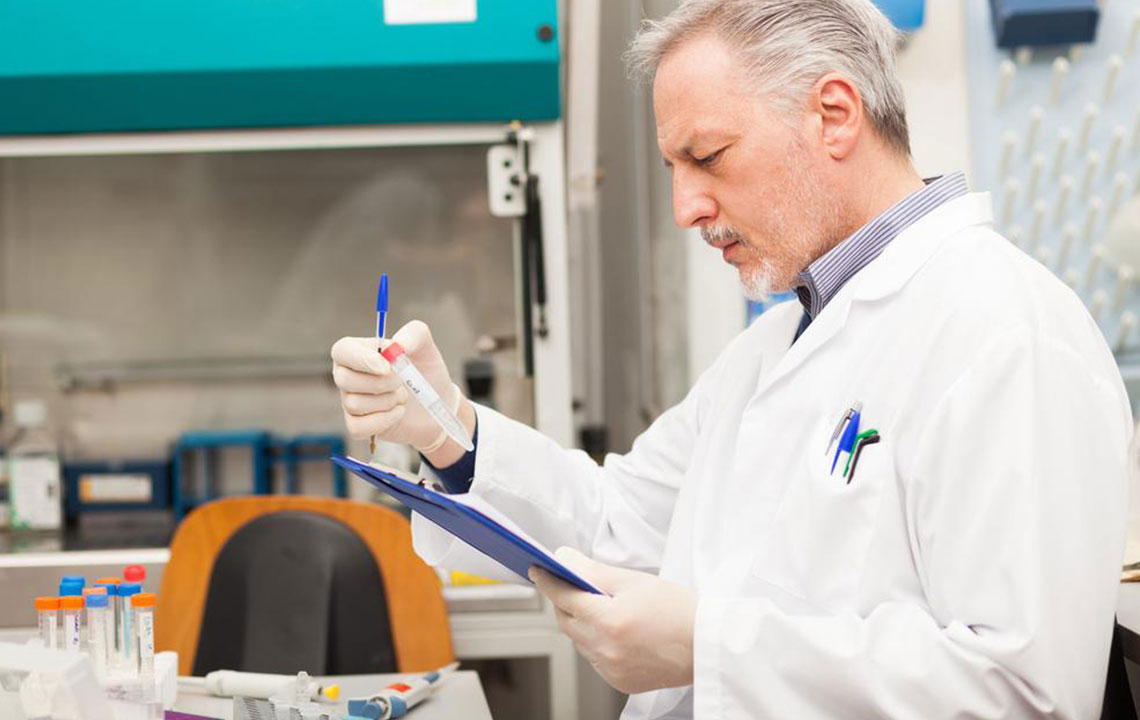Comprehensive Guide to Conducting DNA Testing at Home or in a Laboratory Setting
This comprehensive guide details the steps to perform DNA testing at home or in a laboratory, covering sample collection, mailing procedures, and result interpretation. Whether you're exploring your ancestry or health risks, learn how to ensure accurate results through professional and DIY methods, with tips for working with certified labs and healthcare providers.

Comprehensive Guide to Conducting DNA Testing at Home or in a Laboratory Setting
DNA testing has become increasingly accessible and convenient, allowing individuals to explore their genetic information through simple at-home kits or professional laboratory services. Whether you're interested in discovering your ancestral roots, understanding familial relationships, or assessing health risks, DNA testing offers valuable insights. This detailed guide provides step-by-step instructions on how to perform DNA tests both at home and in certified labs, along with tips to ensure accurate results and interpretative guidance.
How to Use a DIY DNA Test Kit at Home
Obtaining a DNA testing kit is straightforward; you can order one online from reputable providers or purchase from a local pharmacy. These kits generally include everything needed for sample collection, such as saliva collection containers or cheek swabs. The process begins with preparing yourself by reading all instructions carefully to ensure proper sample collection. When ready, spit into the collection tube until the designated fill line, or gently scrape the inside of your cheeks with the provided swab, ensuring thorough contact to gather sufficient DNA. It's essential to avoid eating, drinking, or smoking at least 30 minutes before sample collection to prevent contamination and improve accuracy.
After collecting your sample, meticulously record your personal details—such as name, date of birth, and any relevant identifiers—on the provided documentation. Carefully pack your sample and completed form in the pre-addressed, postage-paid envelope included in your kit. Once sealed, mail your sample to the designated laboratory. Many services notify you when your sample has been received, and subsequent results are typically available through a secure online portal. The turnaround time varies from a few days to several weeks, depending on the provider.
For most accurate and comprehensive interpretation of your results, it is recommended to consult a licensed healthcare professional or a genetic counselor. They can help you understand complex genetic information, assess health risks, and provide guidance tailored to your needs.
Alternative Laboratory Testing Options
If you prefer a professional approach, visiting a certified genetic testing facility offers another reliable option. These labs adhere to strict government and industry standards to ensure the validity of your results. To proceed, schedule an appointment at a licensed testing center or consult with healthcare providers who can guide you through the process. For paternity tests and other legal DNA analysis, it is critical to select government-authorized laboratories. They follow standardized collection procedures, such as buccal swabs or blood samples, and maintain meticulous documentation for legal purposes.
When collecting samples in a lab setting, the procedure is usually handled by trained professionals to reduce any risk of contamination and ensure the integrity of the results. If family members' DNA testing is needed to trace heritage or establish relationships, ensure they consent and follow all collection protocols as directed by the testing facility.
Before starting any DNA test, it's essential to understand that informed consent is necessary. All testing procedures should be accompanied by proper documentation, and individuals should be fully aware of how their genetic data will be used and stored. Whether performing a test at home or in a lab, confidentiality and data privacy should be paramount, and only authorized personnel should handle genetic information.
This comprehensive guide aims to empower individuals to explore their genetic makeup confidently, whether through simple home testing or professional lab services. By following these steps diligently and seeking expert interpretation, you can unlock valuable insights into your ancestry, health, and familial relationships, aiding you in making informed decisions about your well-being and heritage.





